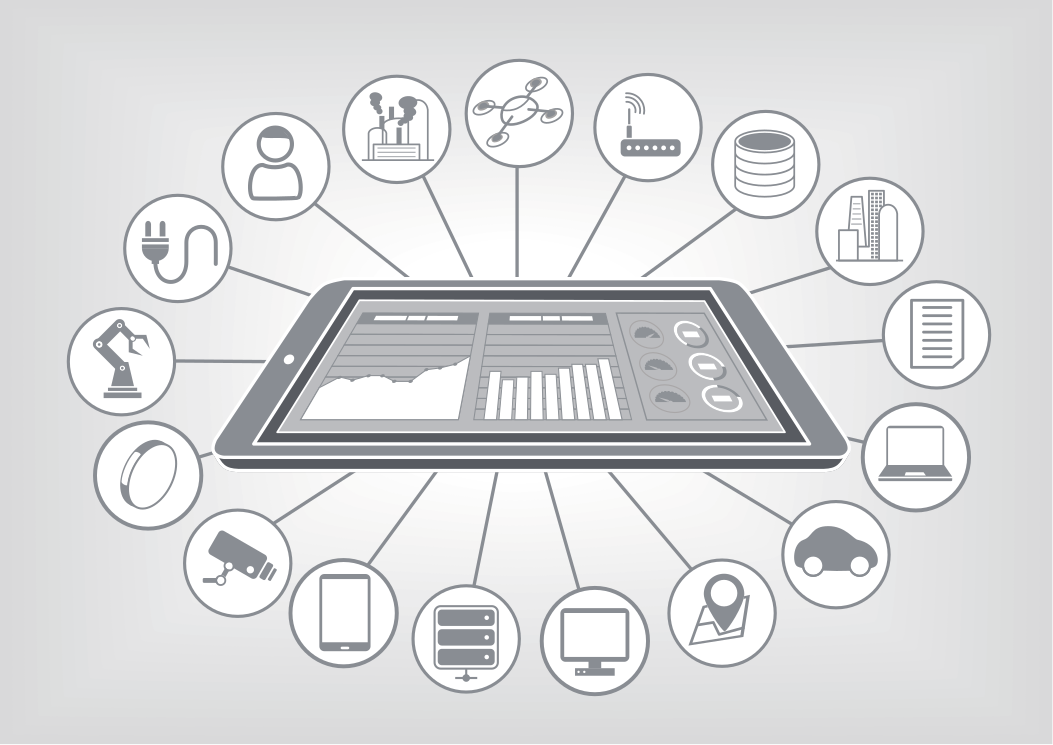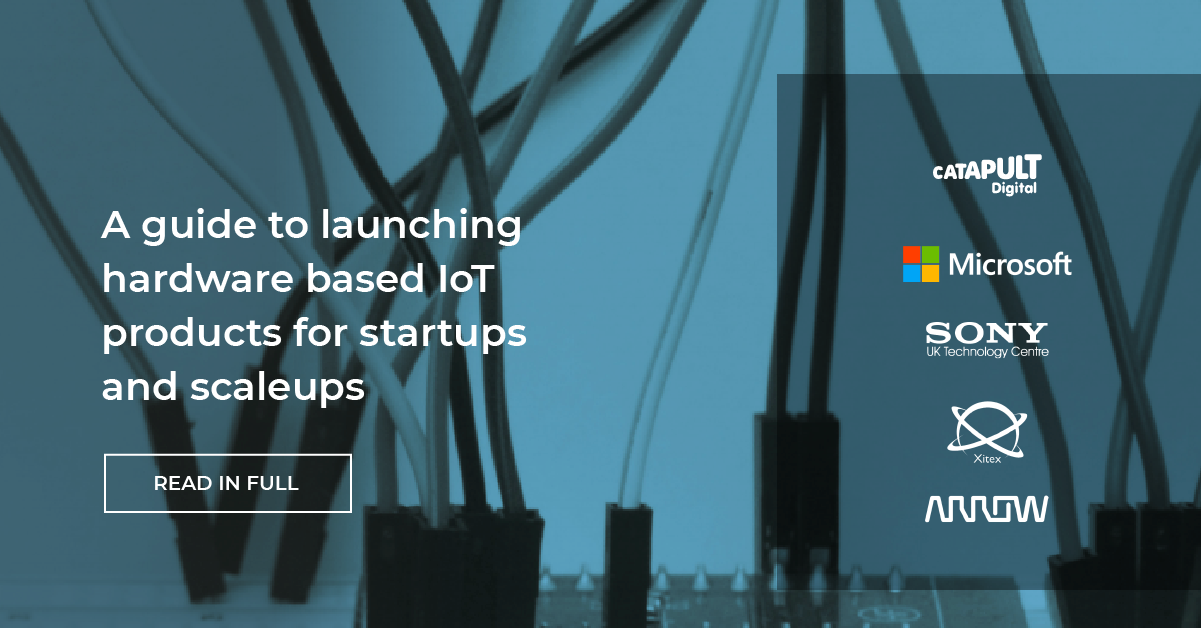The security and safety of wireless IoT devices took another step towards becoming part of EU CE compliance last Friday. The EU Commission announced its adoption of the delegated act to the Radio Equipment Directive https://ec.europa.eu/growth/news/commission-strengthens-cybersecurity-wireless-devices-and-products-2021-10-29_en. As a result, this act will create legal requirements for the security of wireless IoT devices. This change to […]

